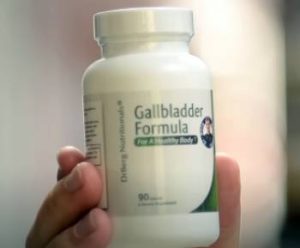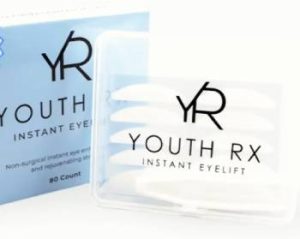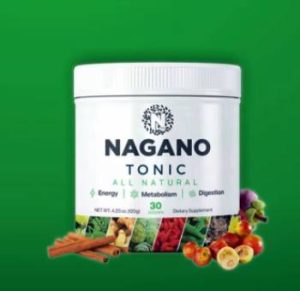When it comes to tackling dry, cracked, or irritated skin, Aquaphor Healing Ointment is the go-to solution I always keep on hand. Whether you’re dealing with chapped lips, eczema flare-ups, or stubborn dry patches, this multi-purpose ointment delivers serious relief.
Unlike standard lotions that absorb quickly and fade away, Aquaphor creates a protective barrier that locks in moisture and helps your skin heal. Dermatologist-recommended and fragrance-free, it’s perfect for sensitive skin. If you’re looking for a reliable, all-in-one product that truly works, this is the one to grab. Let’s break down why it deserves a spot in your routine.
What Makes Aquaphor Healing Ointment So Effective?
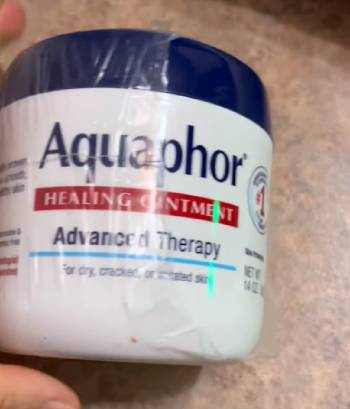
Aquaphor Healing Ointment stands out because of its unique formula that creates an ideal healing environment for dry, irritated, and damaged skin. Unlike regular lotions that evaporate quickly, Aquaphor forms a semi-occlusive barrier that allows oxygen to reach the skin while sealing in moisture.
This helps repair the skin’s natural barrier, speeding up the healing process for cracked, chafed, or inflamed areas. The 41% petrolatum base is key—it locks in hydration without clogging pores, making it safe for sensitive and acne-prone skin.
Beyond petrolatum, the formula is enriched with skin-nourishing ingredients like glycerin and panthenol. Glycerin is a powerhouse humectant that draws moisture from the air into the skin, keeping it hydrated for longer.
Panthenol, also known as pro-vitamin B5, soothes irritation and promotes skin regeneration. This combination makes Aquaphor highly effective for everything from chapped lips and cracked heels to eczema and minor burns.
Another reason for its effectiveness is its simplicity. It’s free from fragrances, dyes, and preservatives—common irritants that can trigger allergic reactions or worsen dryness.
That’s why dermatologists recommend it for people with sensitive skin, babies with diaper rash, and even those recovering from cosmetic procedures like laser treatments or chemical peels.
Because it works as a multi-purpose skin protectant, Aquaphor isn’t just another moisturizer—it’s a reliable, all-in-one solution for keeping your skin soft, smooth, and resilient against environmental stressors.
How to Get the Most Out of Aquaphor Healing Ointment?
To maximize the benefits of Aquaphor Healing Ointment, it’s all about knowing when, where, and how to use it. Since it’s an occlusive moisturizer, the best way to apply it is on damp skin.
After showering or washing your face, pat your skin dry but leave it slightly damp—this helps lock in hydration more effectively. If you’re dealing with cracked heels or rough hands, apply a generous layer before bed and wear socks or cotton gloves overnight for deep absorption.
For chapped lips, a small dab is enough to keep them soft and hydrated, especially during harsh weather. If you have eczema or extremely dry patches, apply a thin layer to the affected area to soothe irritation and prevent further moisture loss. Many people also use Aquaphor to help minor cuts, burns, and scrapes heal faster by creating a protective barrier over the skin.
Another great way to use Aquaphor is as a protective layer for your skin in cold or windy conditions. If you’re going skiing or spending time outdoors in winter, applying a thin coat to exposed areas can prevent windburn and dryness.
It also works wonders for post-shave irritation—apply a small amount to any areas prone to razor burn for instant relief.
Since Aquaphor is thick, start with a small amount and add more if needed. A little goes a long way, and with consistent use, you’ll notice softer, healthier skin in no time.
Why Aquaphor Is a Must-Have for Your Routine?
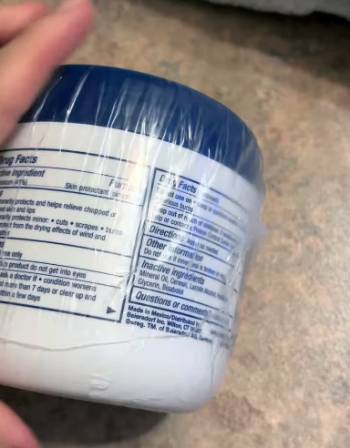
Aquaphor Healing Ointment is one of those products that earns a permanent spot in your skincare arsenal. Whether you deal with dry, cracked skin, eczema, or just need a reliable all-purpose moisturizer, this ointment delivers results.
Unlike regular lotions that evaporate quickly, Aquaphor forms a protective barrier that locks in moisture while still allowing oxygen to reach the skin. This makes it an ideal solution for anything from chapped lips to rough heels and even minor cuts and burns.
If you’ve ever struggled with stubborn skin issues that never seem to heal properly, this ointment might be the missing piece in your routine.
What really sets Aquaphor apart is its versatility. It’s not just for extreme dryness—it can also help with post-shave irritation, soothe sunburns, and even act as a protective layer over new tattoos.
Many people with sensitive skin swear by it because it’s free of fragrances, dyes, and preservatives that can trigger reactions. Plus, it’s been recommended by dermatologists for decades, so you know it’s backed by real science. The best part? A little goes a long way, making one tub last for months.
If you’ve tried countless creams and treatments without much success, Aquaphor is worth a shot. It’s one of those rare products that actually does what it promises. From healing cracked cuticles to keeping your skin soft in harsh weather, it’s a simple yet powerful solution that works for just about everyone.
Pros and Cons of Aquaphor Healing Ointment
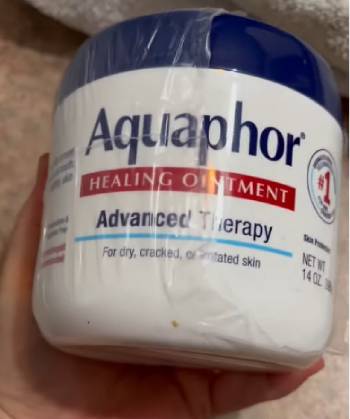
Pros:
- Deep hydration: Locks in moisture, making it excellent for extremely dry skin, cracked lips, and chapped hands.
- Multipurpose: Works as a skin protectant, lip balm, cuticle treatment, tattoo aftercare, and even a diaper rash remedy.
- Gentle formula: Free of fragrances, dyes, and preservatives, making it safe for sensitive skin.
- Effective for eczema and psoriasis: Helps soothe and manage flare-ups by keeping the skin barrier strong.
- Enhances healing: Creates an occlusive layer that allows oxygen to flow while speeding up recovery for minor cuts, burns, and irritation.
- Prevents water loss: Ideal for those in dry climates or dealing with seasonal dryness.
- Non-comedogenic: Won’t clog pores, making it safer than petroleum jelly for facial use.
- Dermatologist-recommended: Frequently suggested by professionals for post-procedure care and long-term skin health.
Cons:
- Thick and greasy texture: Feels heavy on the skin, especially for daytime use.
- Not ideal for acne-prone skin: While non-comedogenic, it can still be too occlusive for oily or breakout-prone skin.
- Slow absorption: Sits on the skin for a while before fully sinking in.
- Limited active ingredients: Unlike medicated creams, it doesn’t contain antibacterial or anti-inflammatory agents.
- May cause sensitivity in some users: Although rare, a small percentage of people experience irritation from petrolatum-based products.
- Messy application: Can transfer onto clothing, bedsheets, or phone screens if not rubbed in properly.
Also Read: My Thoughts On Gold Bond Eczema Relief Cream
Aquaphor Healing Ointment Vs. Other Brands
- Aquaphor Healing Ointment Vs. Vaseline
Both are petrolatum-based, but Aquaphor goes the extra mile with added humectants like glycerin and panthenol, helping skin heal faster. Vaseline forms a strong moisture barrier but lacks the skin-nourishing ingredients that make Aquaphor more effective for conditions like eczema and cracked skin. Aquaphor also absorbs better, while Vaseline can feel greasier. If you need simple protection, Vaseline works, but if you want deep hydration and healing, Aquaphor is the better choice.
- Aquaphor Healing Ointment Vs. CeraVe Healing Ointment
Both contain petrolatum, but CeraVe includes ceramides for extra skin barrier support. While this makes it great for long-term skin health, Aquaphor’s simpler formula is often better for immediate healing and soothing. CeraVe absorbs faster and feels lighter, while Aquaphor offers more intense hydration. If you have extremely dry or damaged skin, Aquaphor provides a stronger protective layer, making it the go-to for cracked heels, chapped lips, and eczema relief.
- Aquaphor Healing Ointment Vs. Eucerin Advanced Repair Cream
Eucerin’s cream is packed with ceramides and lactic acid for exfoliation and long-term hydration. While great for daily moisture, it doesn’t create the same protective barrier as Aquaphor. If you need deep repair for severely dry, cracked skin, Aquaphor’s petrolatum-rich formula seals in moisture better. Eucerin works well for general dryness, but Aquaphor is the better choice for healing cuts, burns, and rough patches.
- Aquaphor Healing Ointment Vs. Bag Balm
Bag Balm was originally made for cow udders but works wonders on human skin. It contains petrolatum like Aquaphor but adds lanolin, which can be irritating for some people. While Bag Balm is excellent for extreme dryness, Aquaphor is gentler and absorbs better. If you want a non-greasy feel with added skin nourishing ingredients, Aquaphor is the better everyday option. Bag Balm is thicker and can be messier, making it ideal for overnight use but less convenient for daytime application. If you have sensitive skin, Aquaphor is the safer, more versatile choice.
- Aquaphor Healing Ointment Vs. Neosporin
Neosporin is designed for wound care with added antibiotics to prevent infection, while Aquaphor focuses on hydration and skin repair. If you have minor cuts or scrapes, Neosporin is great for fighting bacteria, but for everyday healing of dry or cracked skin, Aquaphor is far more versatile. Plus, some people develop sensitivities to Neosporin, while Aquaphor is gentle enough for daily use without irritation.
Also Read: My Experience With Silvex Wound Gel
Frequently Asked Questions (FAQs)
Aquaphor is great for dry skin, chapped lips, minor burns, eczema, and cracked heels. It also works well for tattoo aftercare, cuticle repair, and post-procedure skin healing.
Avoid using Aquaphor on active acne-prone areas, as its thick texture can trap bacteria. If you have a deep wound or serious infection, consult a doctor before applying it.
The main drawback is its thick consistency, which some people find greasy. It also contains lanolin, which may cause sensitivity in rare cases.
Yes, but use it sparingly—especially if you have oily or acne-prone skin. It’s excellent for dry patches, post-laser treatments, or as an overnight lip mask.
Final Thoughts
If you’re looking for an all-in-one solution for dry, damaged skin, Aquaphor Healing Ointment is worth every penny. It works better than most creams and lotions because it creates a protective barrier while allowing skin to heal.
Whether you need relief for eczema, cracked heels, or just an everyday skin protector, this is one product that delivers results. It’s affordable, long-lasting, and dermatologist-approved—so why not keep a tub on hand?

